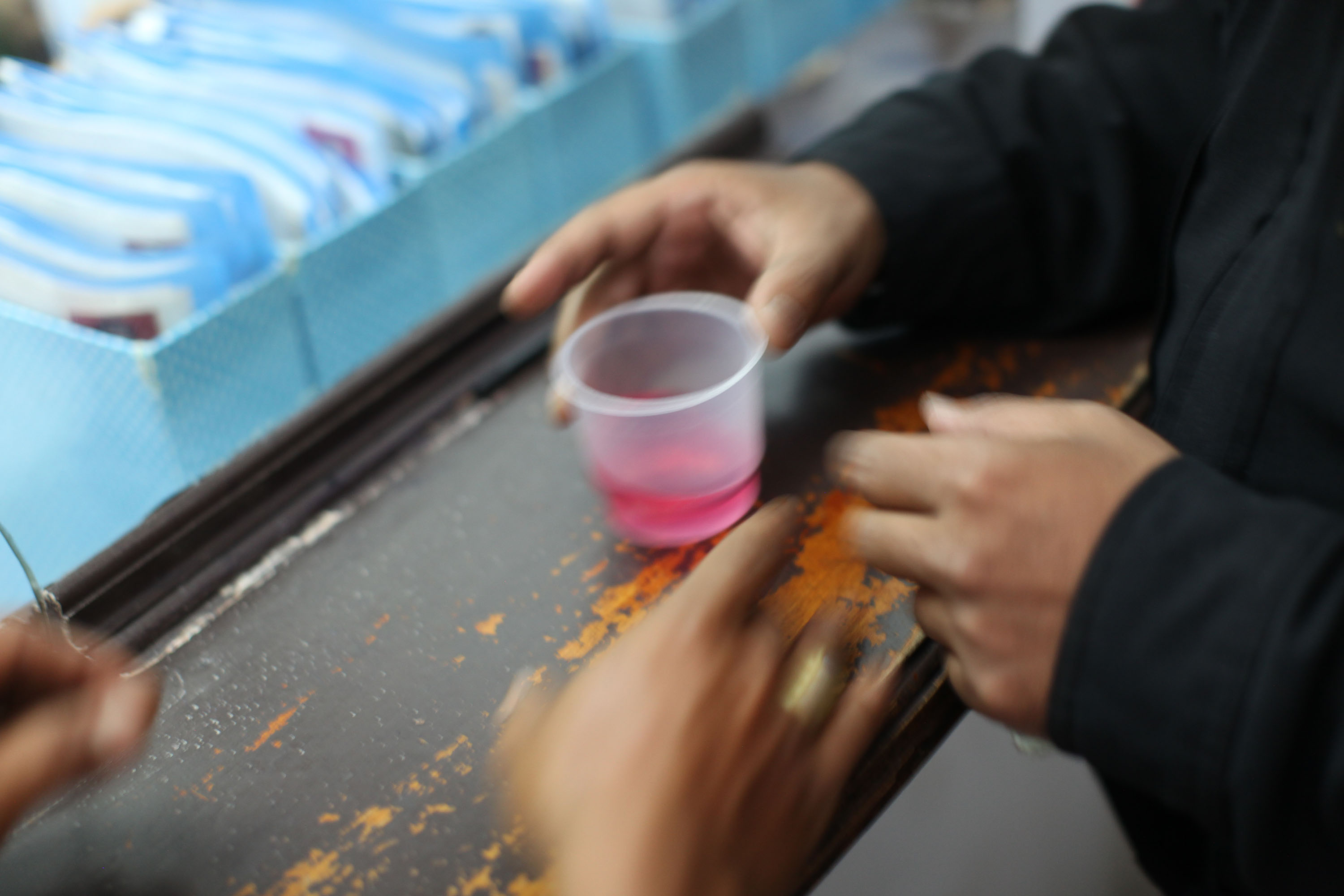The usual coverage of festive season road deaths has taken an unexpected, but for those of us in the AOD sector, all too familiar turn.
The fact that the recent fatal car crash near Ulladulla involved a photogenic young actor always meant that it would receive more public attention than others, but the heightened media interest now appears to have led to speculative, misleading and stigmatising reporting about one of the drivers involved in the crash.
‘Triple-fatal driver was heading home from methadone clinic’ is one of a pattern of emerging stories now seeking to create a narrative based on a guilty perpetrator and innocent victims. This coverage frames the driver allegedly responsible for crash (Craig Whitall) as a ‘known drug user’.
At this stage, it is worth noting that there has been no reliable indication that Mr Whitall was intoxicated at the time nor that the crash was anything other than a tragic accident. However, the coverage speculates that his consumption of methadone contributed to the crash and that it will ‘spark debate about drivers under the influence of drugs which are not classed as illicit’.
While there is a genuine need for a broader public discussion about the impacts of a range of prescription medications on driving performance, this is not an effective way to start an informed debate about road safety. Australian research has demonstrated that, for people at various stages of participation in opioid replacement programs, consumption of methadone does not have an impact on driving capacity. As with many other medications, there are safety risks associated with methadone being used in combination with other psychoactive drugs, but there has been no indication to date that this was a factor in the Ulladulla crash.
No doubt, an emerging media focus on methadone will see yet another outburst of public criticism based on the usual misconceptions about a medication that over 50 years of research evidence shows is an effective approach to managing opioid dependence and supporting recovery. Criticism such as: ‘It’s just replacing one drug with another’. ‘Taxpayers shouldn’t be paying for people to use drugs’. ‘It sends the wrong message’. ‘People should be able to just stop using’.
Before community members (and journalists) head too far down this path, it is worth considering a couple of points:
- If methadone (or other opioid replacement therapies) were not available, people who are opioid dependent would be significantly more likely to use heroin or other illicit opioids, which are shorter acting and of highly variable purity pose a far greater risk to road safety when consumed; and,
- Lack of local access to methadone may have been a contributing factor in the accident. Nationally, demand for methadone (and other opioid replacement treatment options) far outstrips supply. Shortages of health professionals willing to prescribe or dispense such medications, along with high co-payments charged to patients, provide powerful barriers to this treatment. If Mr Whitall’s nearest methadone dispenser was in Nowra, he would have needed to undertake a daily 130km round trip just to access the medication. This is a depressingly common scenario in regional areas, where methadone prescriber and dispenser numbers are small, and daily distances traveled by patients are large. This systemic supply problem puts many people on the road for hours a day, making the same long trip over and over, simply to receive the medication they need to be able to get on with the rest of their lives.
There are serious discussions to be had to improve the capacity of our drug policies and health systems to reduce drug-related risks and improve public safety. But let’s try to make sure that those discussions are based in fact, not driven by stigma.
Author:
Paul Aiken, Evaluation and Advocacy Team Leader, Uniting ReGen
AOD Media Watch Reviewers:
Jenny Valentish, Freelance Journalist
Dr Alex Wodak, President of the Australian Drug Law Reform Foundation
Featured Image:
Department of Foreign Affairs and Trade (CC BY 2.0)
Disclaimer: The author takes full responsibility for the content of this article.

